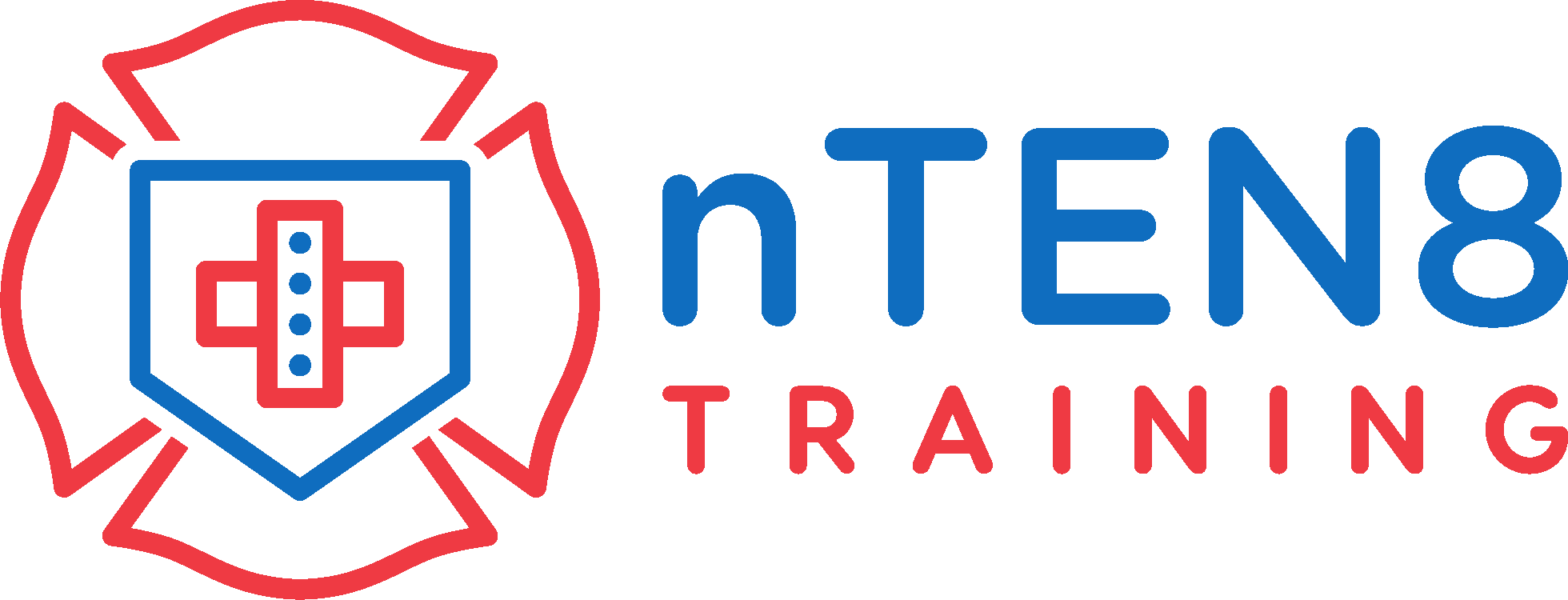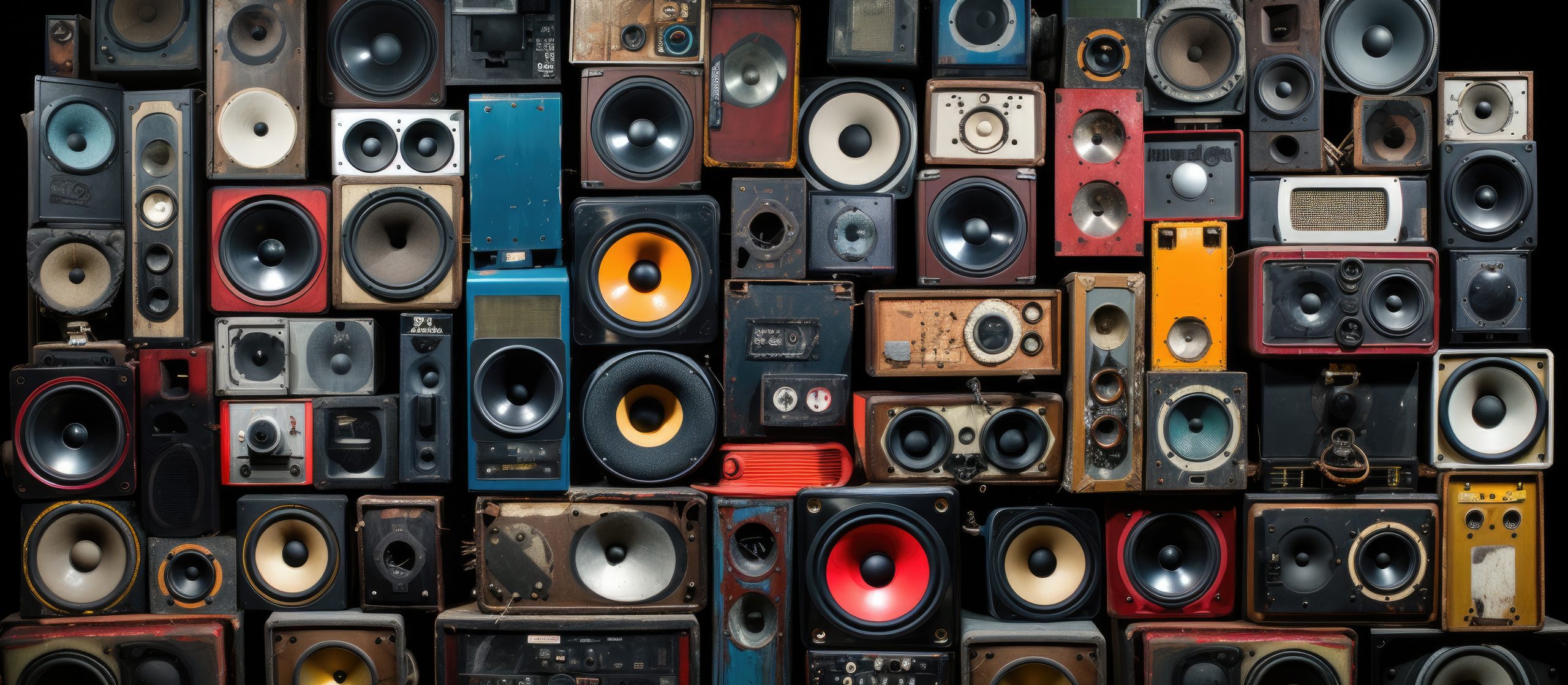Understanding Noise Effects: Learn how noise impacts health and productivity.
Identifying Noise Sources: Acquire skills to identify sources of noise pollution.
Noise Reduction Techniques: Discover simple ways to reduce noise for a more peaceful environment.
Hearing Protection: Understand the importance of protecting your hearing from noise.
Community Noise Awareness: Explore advocacy for quieter communities through collective awareness.
Lessons
Brief Description of Noise Awareness
Module 1: Noise in the Workplace
The Control of Noise at Work Regulations 2005 mandate employers to assess the risks of noise exposure to their employees and develop ways to protect their hearing. Employers should lower noise exposure, maintain legal limits, and maintain equipment.
This lesson discusses the health problems caused by excessive noise at work, including lasting or temporary hearing loss. This damage can build up over time and may not be realized until it mixes with natural hearing loss as people age.
Module 4 discusses the importance of action plans in preventing workplace noise. Employers must provide appropriate work equipment and consider health and safety implications. A noise management program is required to limit exposure, even with lower exposure values.
Module 5: Prioritising Controls
Module 6: Personal Protective Equipment
Module 7: Information and Health Surveillance





